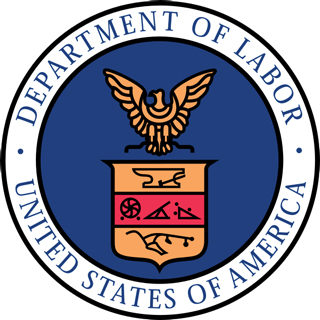Workers earning less than about $35,500 per year will be eligible for overtime pay under the Department of Labor’s final overtime rule — an idea that has skilled nursing advisors split.
The agency announced the final overtime rule Tuesday, and it’s set to become effective Jan. 1, 2020. The rule updates the earnings threshold to $684 per week, which is equivalent to a $35,568 per year. Previously, the threshold was $455 (or $23,660 per year). The level hasn’t been changed since 2004.
The American Health Care Association has “concerns about the implications of this rule for our members,” said Beth Martino, AHCA’s senior vice president of public affairs. The association previously called for long-term care providers to be exempt from the regulation.
“Many long-term and post-acute care centers are on the brink due to ever-changing Medicare and inadequate Medicaid rates, making it very difficult for them to absorb this increase,” Martino told McKnight’s Long-Term Care News. “While we supported updating the rule, we are disappointed that considerations for long-term care, especially Medicaid providers, were not ultimately included as this may indirectly result in limiting access to care for our seniors and individuals with disabilities.”
Cory Kallheim, LeadingAge’s vice president of legal affairs and social accountability, said “the final rule strikes a reasonable balance in updating Fair Labor Standards Act requirements.” The group had expressed concerns about the $35,000 threshold in the past.
“We are always concerned about policies that impact our members’ labor costs. The salary threshold in the Department of Labor’s final rule is just what we recommended when the DoL started work on updates to the Fair Labor Standards Act requirements,” Kallheim told McKnight’s. “All things considered, we think the final rule strikes a reasonable balance in updating Fair Labor Standards Act requirements.”
The final rule would also raise the total annual compensation level, a combination of base salary and financial benefits provided by employers, for highly compensated employees to $107,432 per year. It’s currently $100,000. It would also allow employers to use non-discretionary bonuses and incentive payments, including commissions, that are paid at least annually to satisfy up to 10% of the standard salary level, in recognition of evolving pay practices.





